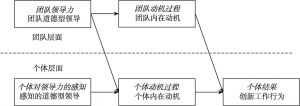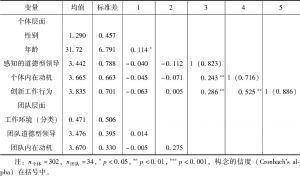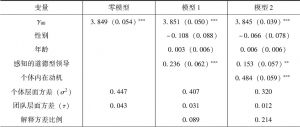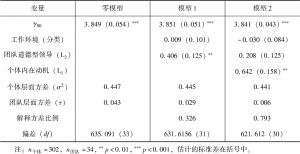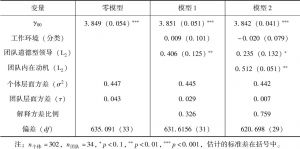章节
道德型领导与员工创新工作行为
作者
涂乙冬 ,武汉大学经济与管理学院工商管理系副教授、硕士生导师,研究领域为组织领导力、人力资源管理等。在Journal of Business Ethics,Journal of Happiness Studies,Social Indicators Research等英文期刊,以及《管理世界》《心理学报》《南开管理评论》等中文期刊发表论文30余篇,主持国家自然科学基金项目2项、教育部人文社会科学研究项目1项、省市课题5项,同时担任10余个中英文刊物的审稿人。
检索正文关键字
章节目录
- 4.1 问题的提出
-
4.2 理论与假设
- 4.2.1 道德型领导
- 4.2.2 创新工作行为
- 4.2.3 内在动机
- 4.2.4 道德型领导与创新工作行为
- 4.2.5 个体内在动机的中介
- 4.2.6 团队内在动机的中介
-
4.3 方法
- 4.3.1 样本和程序
- 4.3.2 测量
- 4.3.3 数据聚合
- 4.3.4 分析策略
-
4.4 结果
- 4.4.1 共同方法误差
- 4.4.2 描述性统计
- 4.4.3 假设检验
- 4.4.4 间接效应
-
4.5 讨论
- 4.5.1 理论贡献
- 4.5.2 局限和未来展望
相关文献
查看更多>>>


